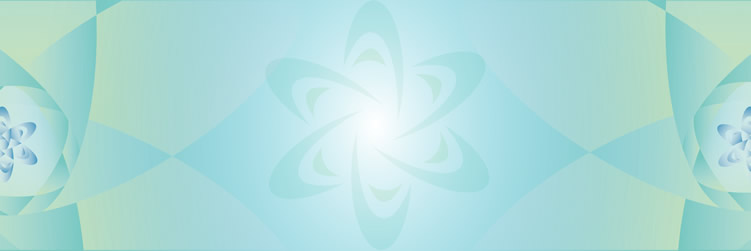Invention and Application of Saccharide Mapping
Li Shao Ping, Zhao Jing
University of Macau
Glycoanalysis is a world-class scientific problem, and due to the lack of specific qualitative and quantitative strategies and detection methods, radish polysaccharides can also be passed off as ginseng polysaccharides. Saccharide Mapping was invented for qualitative and quantitative analysis of polysaccharides, such as those in traditional Chinese medicine decoction, to resolve the bottleneck technology for quality control of polysaccharide, and was authorized to have 3 Chinese invention patents, 2 utility model patents, 13 representative academic papers, and won the first prize of excellent papers of the Chinese Pharmaceutical Association twice. Saccharide mapping technology has been applied by different scholars in more than 40 institutions, and has successfully applied for 15 projects from the National Natural Science Foundation of China and published nearly 40 papers (based on the statistics of the Scopus database on July 19, 2024, the search term is "saccharide mapping" in the title, abstract or keyword), which has promoted the development of a new field of polysaccharide research. Li Shaoping, the inventor of the saccharide mapping, was selected as one of the world's 60 and 100 most influential analytical scientists, respectively, in 2020 and 2021.

Fig 1 Saccharide mapping, like a touchstone, is a key technology for quality control of polysaccharides in Chinese medicines

Fig 1 The strategy for quantitative analysis of active fragments in polysaccharides based on saccharide mapping



